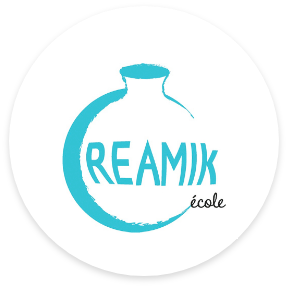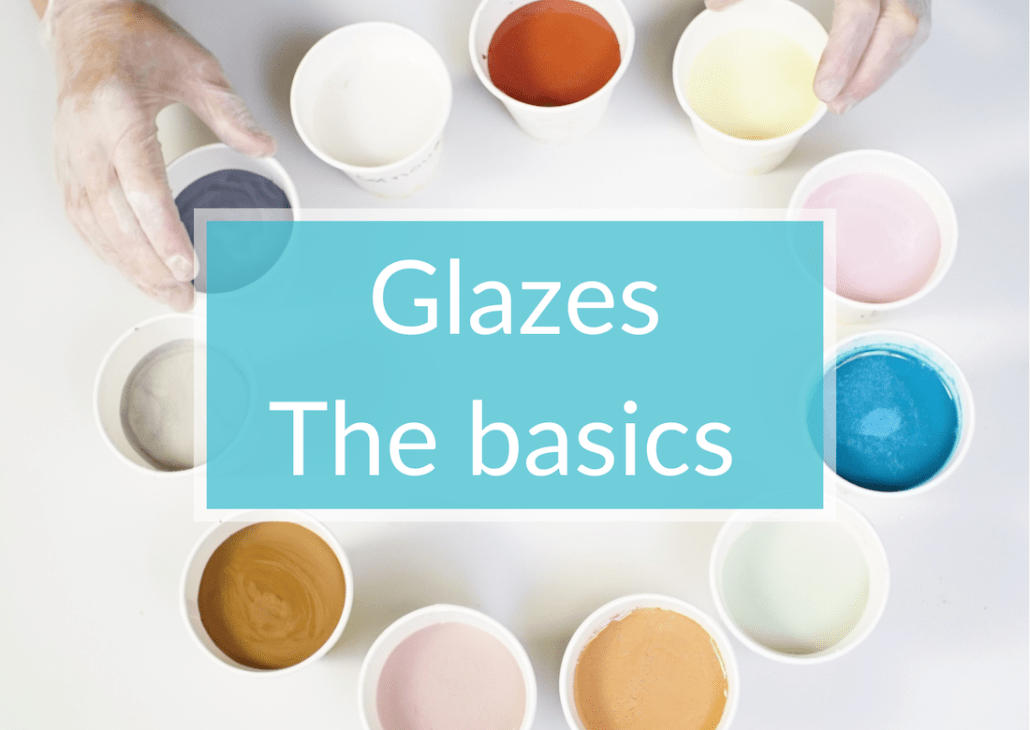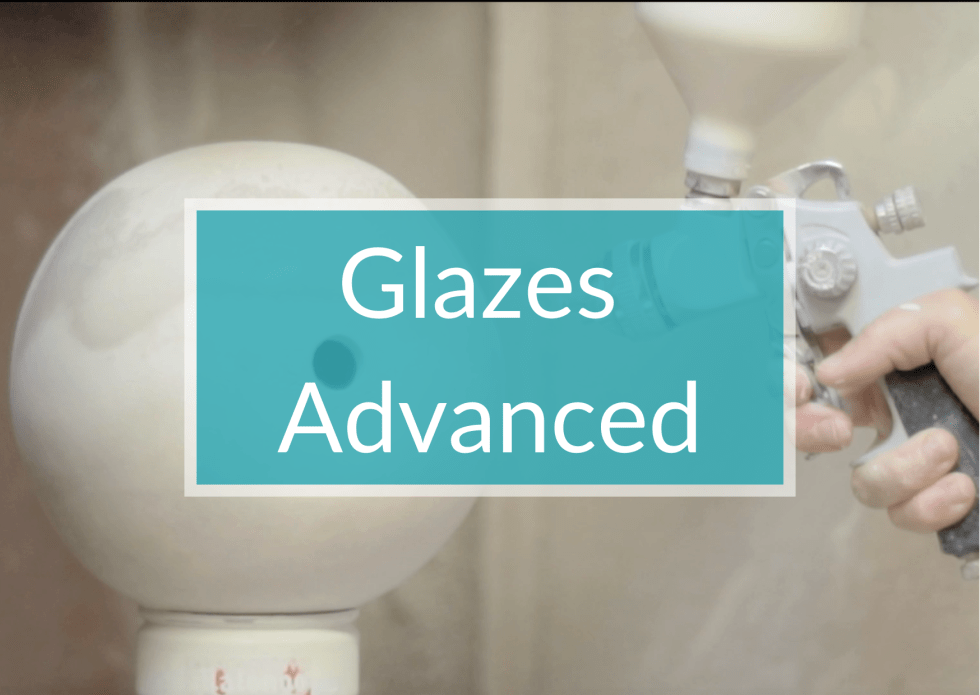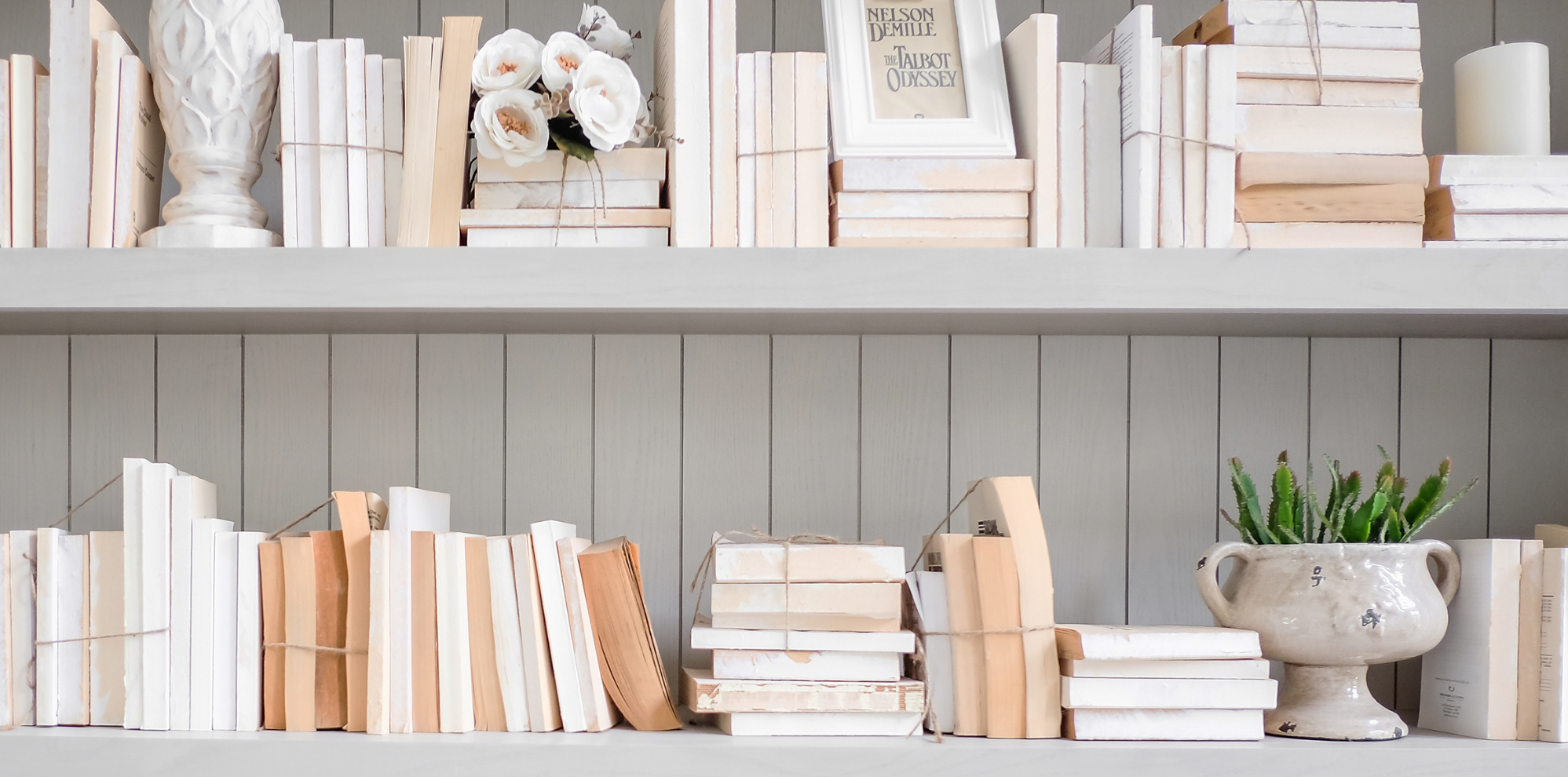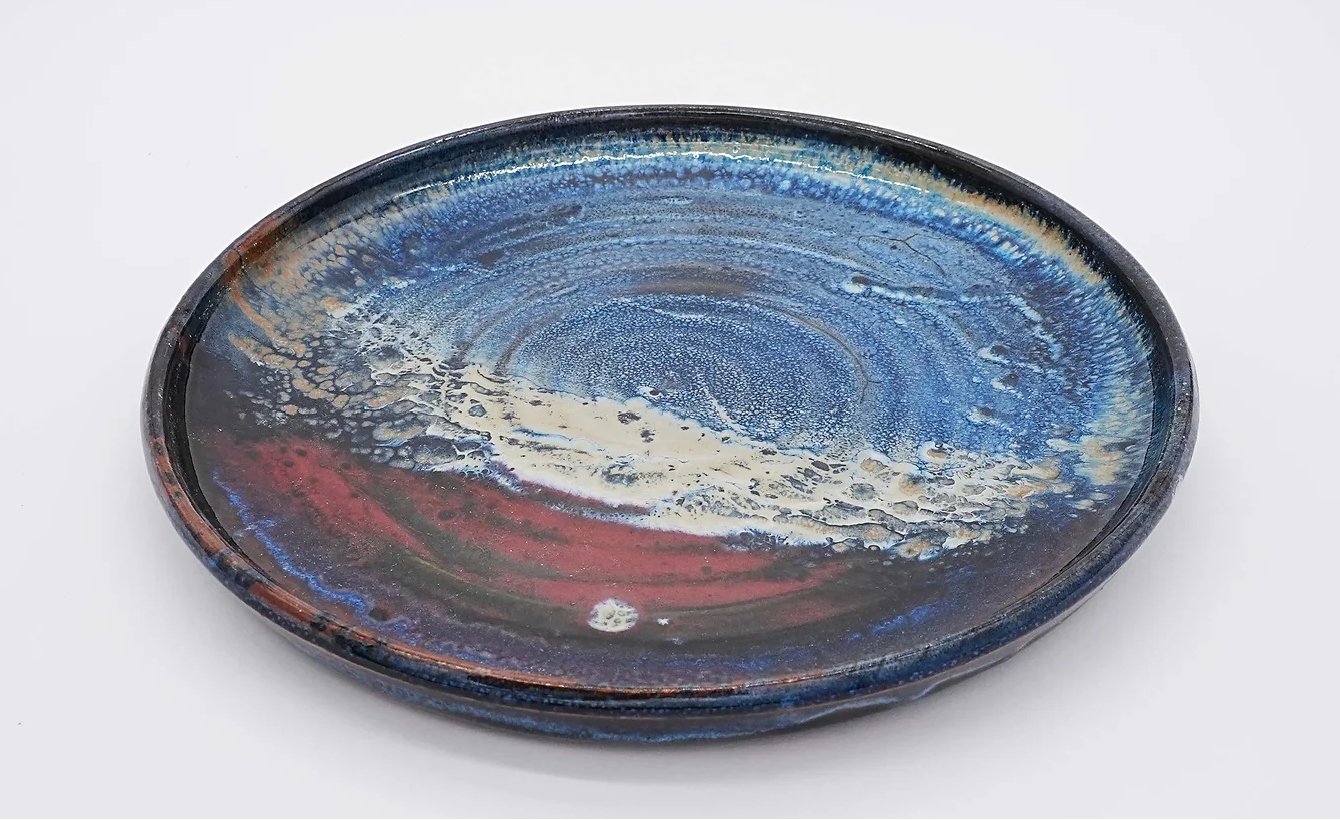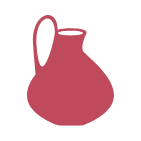Know the meaning of the hazard pictograms in the studio
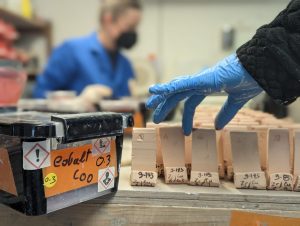
Working with clay and glazes in a ceramic studio involves handling products that require special precautions: silica, feldspars, metal oxides, fluxes, etc.
This is the reason it is necessary to understand the meaning of each of the chemical hazard pictograms present on all labels and raw materials technical data sheets. If necessary, the suppliers will be able to provide you with all the information you need.
But no need to panic! By following the appropriate safety rules, you will be safe in a ceramic studio.
Let’s learn how to decipher the official pictograms and take the necessary precautions.
What are the Hazard symbols?
On each batch of raw material, you will find a product reference number, a title and the hazard pictogram linked to the toxicity of that material.
The 9 pictograms
There are 9 pictograms, according to the European CLP regulation relating to the classification, labelling and packaging of each chemical substance and mixture.
Here they are:
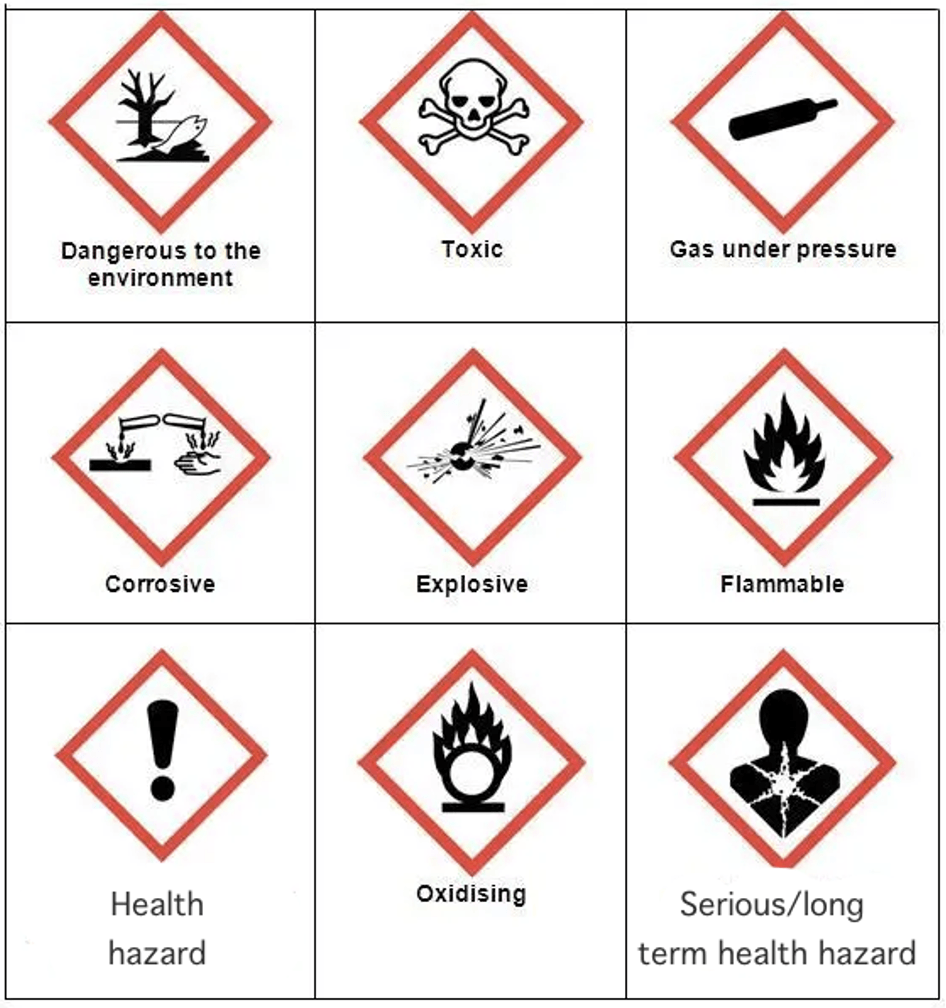
The pictograms most often found in a pottery studio are the following:
- Corrosive (copper sulphate, “Bordeaux mixture” or Capiscol, silver nitrate*)
- Health hazard (sodium, barium, lithium and cobalt carbonates…)
- Toxic (borax, frit**)
- Serious/long term health hazard (feldspars, silica, frit**, antimony oxide, nickel oxide…)
- Dangerous to the environment (cobalt carbonate, zinc oxide…)
*These two products are not used in the Créamik school.
**a frit is a ceramic product that has been premixed from raw powdered minerals, melted, cooled by quenching in water, and ground into a fine powder. In this process, toxic ingredients combine with silica, becoming safe to handle.
What is the meaning of the hazard pictograms in the studio?
- Corrosive substances can cause burns to the skin and serious damage to the eyes, in the event of contact or projection.
- Health hazard products are capable of poisoning in high dose exposure. They are irritating to the skin, eyes or respiratory tract. They can cause respiratory allergies.
- Toxic substances can poison very quickly (a single exposure may be enough), unlike products that act over the long term (chronic exposure). Their actions can affect the respiratory system, the circulatory system or the nervous system. These products are very dangerous, potentially fatal, if they enter the body through the skin (dermal route), through the lungs (inhalation) or by ingestion (swallowing).
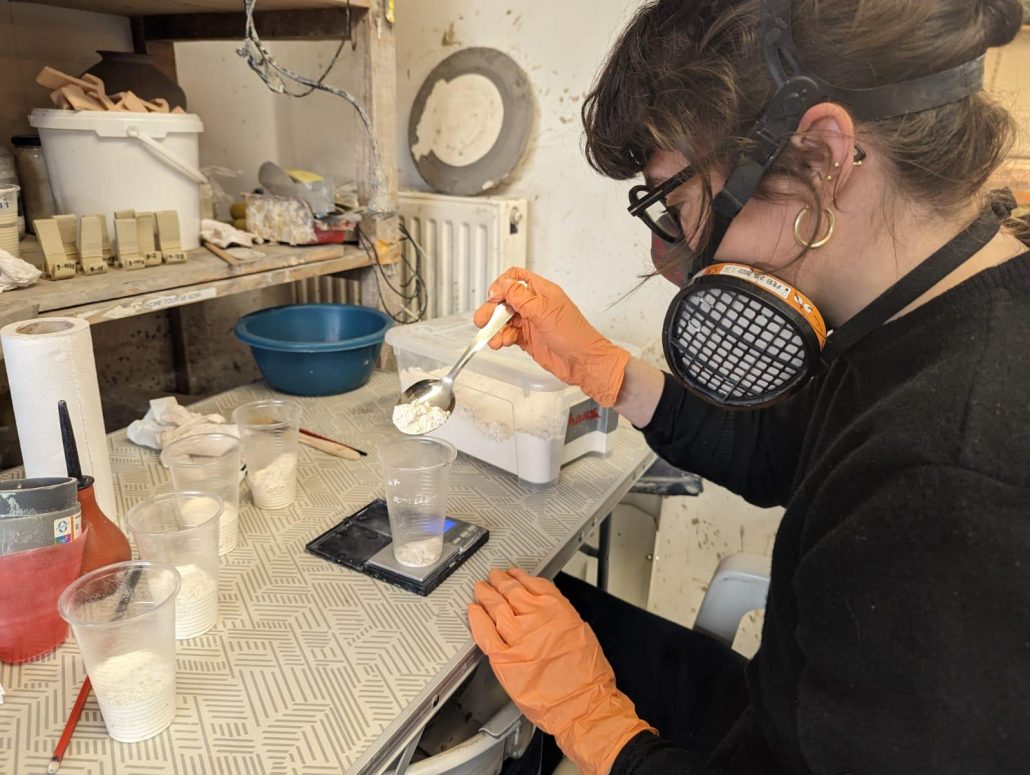
- Products that cause serious/long term health hazard include substances with delayed toxic effects and without the affected person necessarily being aware that they have been exposed to them.
- dangerous to the environment products are toxic to organisms living in aquatic environments.
We remind you once again that these official directions should not scare you: it is quite possible to progress in a ceramic studio without danger. You just need to know the right things to do to protect yourself and the environment.
What precautions should be taken?
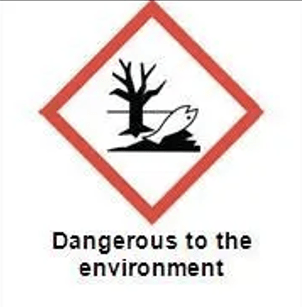
For products dangerous to the environment:
- Do not dispose of raw materials in the natural environment or in rubbish bins.
- Do not dispose of liquid raw materials and glazes in the sink, much less in the garden.
- Put environmentally dangerous products in a glaze bin, or in a sink trap used for recycling water mixed with glazes.
- Take raw materials or liquid ingredients to the recycling centre.
Pour les produits corrosifs :
- Do not breathe dust/fumes/gas/mist/vapours/spray.
- Wear protective gloves/protective clothing/eye protection (laboratory goggles) and/or face protection.
- Wash your hands thoroughly after handling.
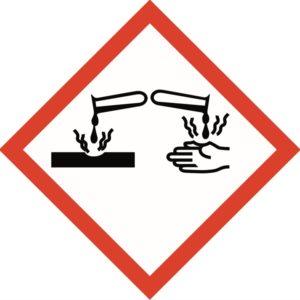
For toxic products:
- Avoid or eliminate risks as much as possible, by substituting or replacing dangerous products with less dangerous products.
- Wear protection such as gloves and a P3 mask.
- Securely store chemicals, which must meet certain rules depending on the type of product and the quantity stored.
- Properly ventilate the premises
- Respect the expiry date of the chemicals used.
- Label your products with CLP pictograms that let people handling products know their hazards.
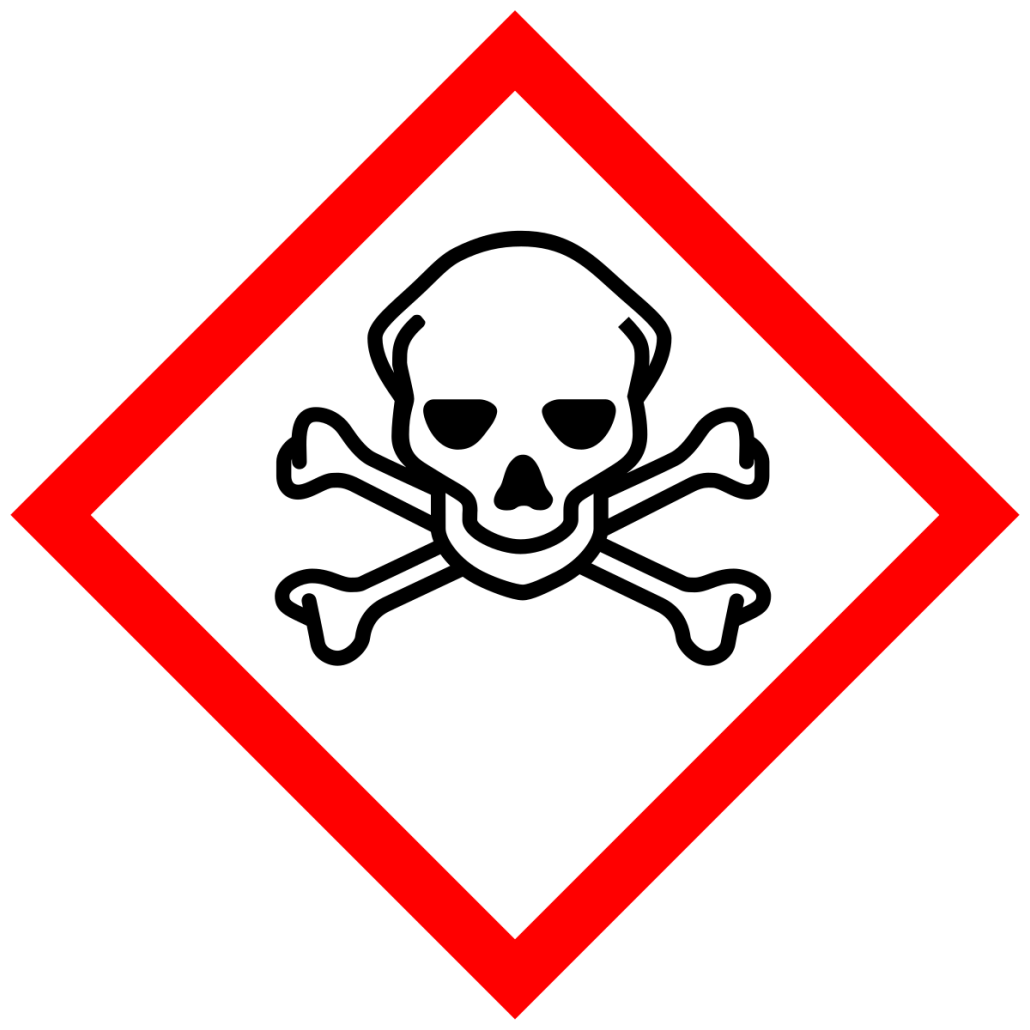
For serious/long term health hazard products:
- For serious/long term health hazard products:
- Wear a P3 mask
- Wear gloves
In general, for explosive, flammable, oxidizing products or gas under pressure:
- Pay close attention to flames, shocks, water and pressure.
If you are a beginner, rest assured, you will quickly learn these safety rules. More experienced ceramicists can also give you valuable advice.
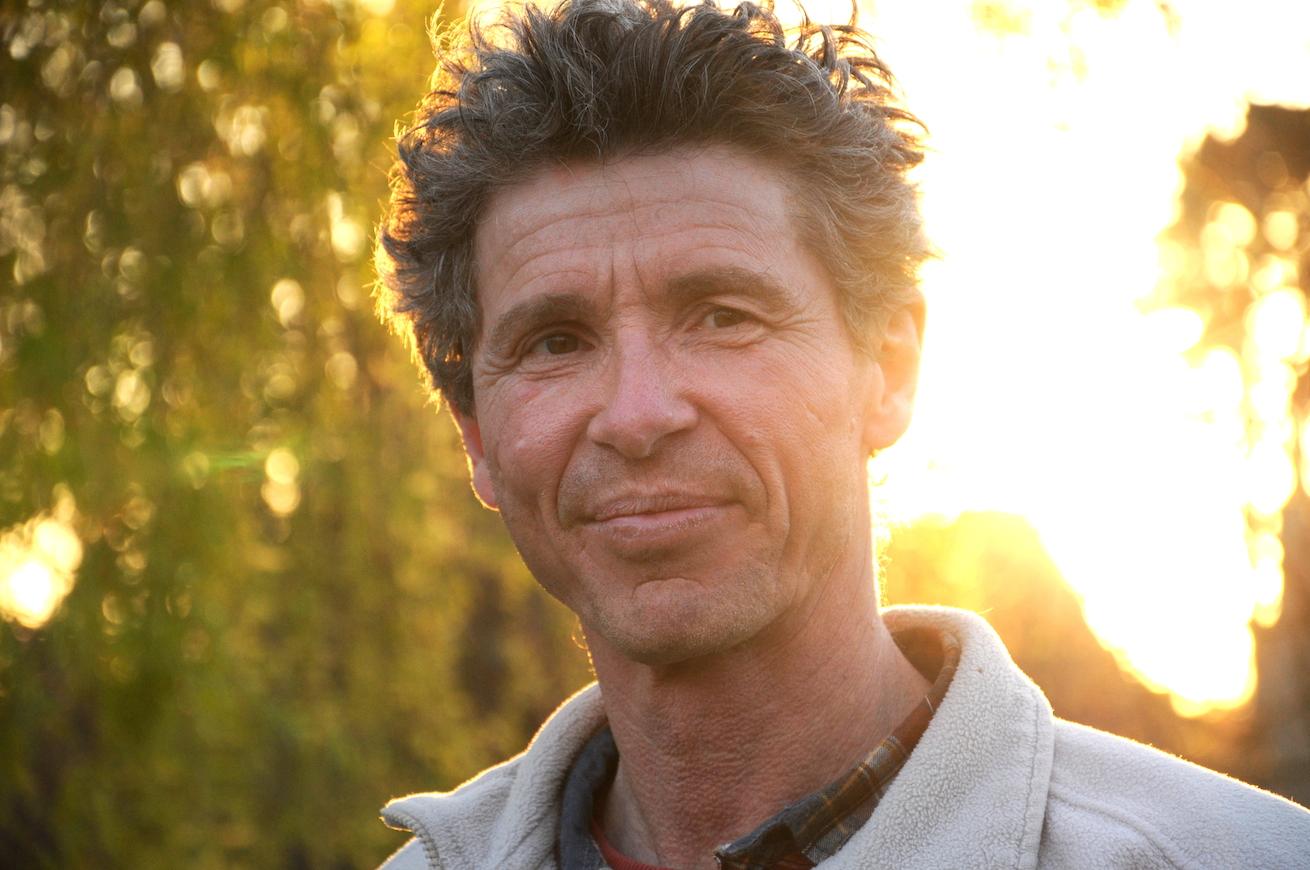
Resource centre
animated by Matthieu Liévois,
potter-ceramist for over 40 years and founder of the Creamik School
Find all the courses
Keywords
Don’t miss any more news from the Créamik school!
